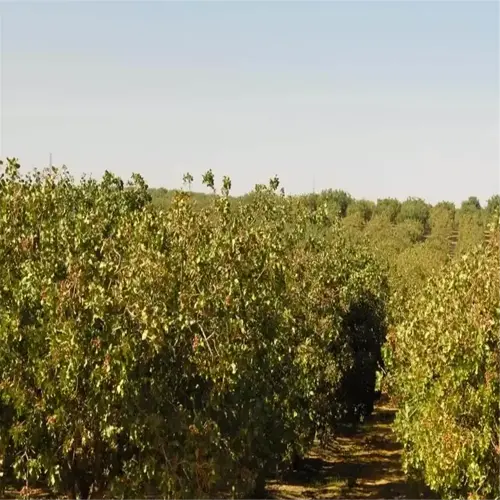How long until a pomegranate tree produces fruit?

Written by
Julia Anderson
Reviewed by
Prof. Charles Hartman, Ph.D.To know how to grow pomegranate trees begins with understanding the climate. These sturdy trees thrive best in USDA hardiness zones 7-11 and can survive down to 12°F. I've raised trees when frost appeared out of the blue while covering them with burlap and using a good bit of mulch. Sun exposure also matters; I recommend 6+ hours a day.
Optimal Growing Conditions
- Soil pH: 5.5-7.2 range preferred
- Drainage: 1-2 inches per hour percolation rate
- Spacing: 12-15 feet between standard trees
Common Challenges
- Leaf-footed bugs: Target late summer fruit
- Zinc deficiency: Shows as yellow leaves with green veins
- Root rot: Prevent with raised beds in clay soil
When waiting for your first harvest, patience is incredibly important. With most trees, you can expect to harvest fruit in three to five years. My fastest producer produced 8 fruits in year three, primarily because I was sure to water, mulch, fertilize, and prune regularly. Often dwarf varieties will mature much faster than full-sized trees - I was able to harvest ‘Ambrosia' at 28 months in a 25-gallon container.
Soil preparation is the line of difference between victory and defeat. At planting sites, I incorporate approximately 4 inches of compost into the soil, mounding it up raised in spots where there is poor drainage. One way to test for percolation is to dig a 12-inch hole. If there is water standing in the hole after the hour of waiting is up, you may want to add some coarse sand to the area before you plant.
The impact of pruning on yield is substantial. At least once per year, I will thin crowded limbs after harvest. I only leave a 45-degree angled limb structure to leave strength. Over-pruning will delay fruiting- a client removed 40% of the canopy and then lost the crop that year. I sterilize my tools between trees to avoid spreading diseases.
Read the full article: How to Grow Pomegranate: Expert Tips for Success

